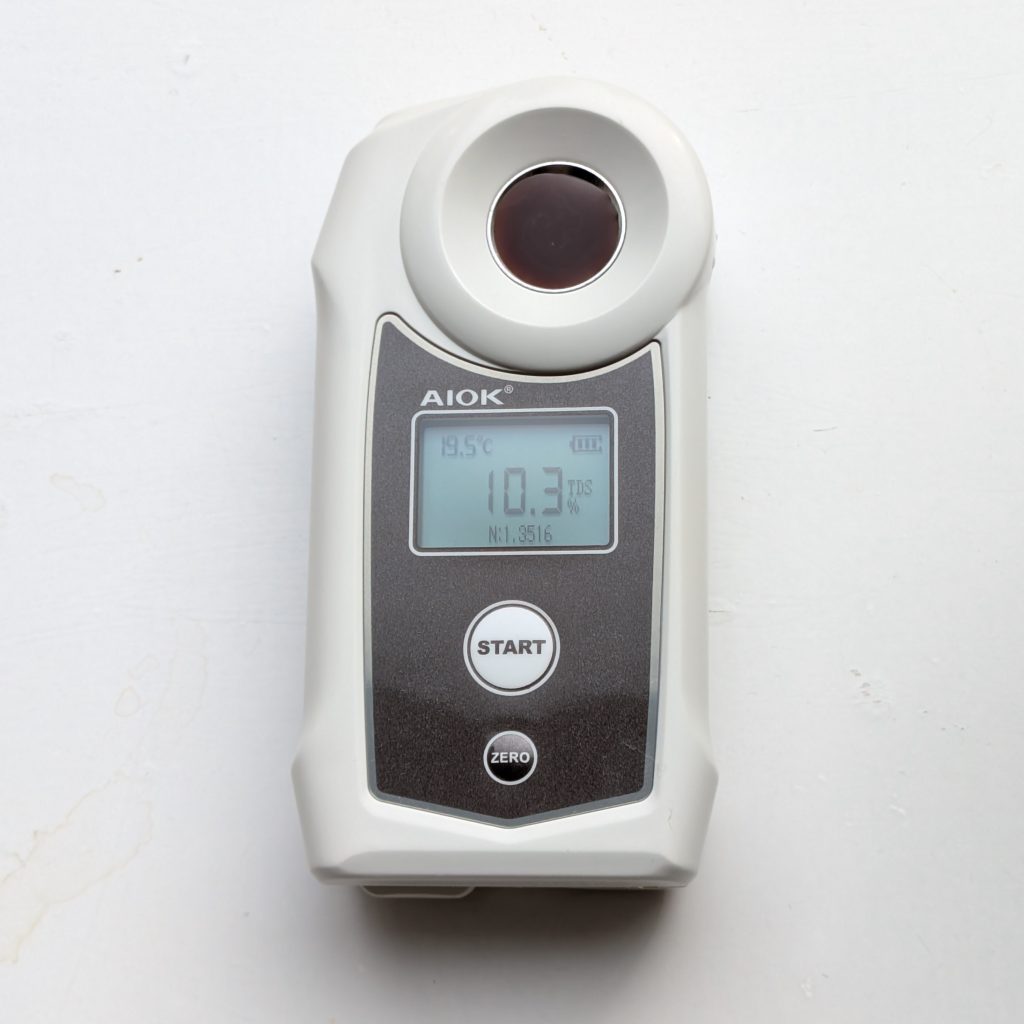Your basket is currently empty!
Coffee Preparation
Finding Your Perfect Coffee Recipe
Brewing coffee at home is all about discovering what works for you. Do you prefer a thick, syrupy espresso or something lighter and more watery? Identifying the texture and taste you’re after is the first step to honing in on your ideal parameters. At Grachten Beans , we love helping you explore the possibilities—especially when it involves trying beans from Amsterdam’s many talented local roasters.
Acidity, Bitterness, and the Sweet Spot
Coffee flavor often comes down to a balance between acidity and bitterness. Roast profiles play a big role here: lighter roasts tend to have brighter, more pronounced acidity, while darker roasts lean toward deeper, sometimes bitter notes. In the middle, you might find that magical “sweet spot” where the nuanced flavors of the bean shine through without tilting too acidic or too bitter.
If you’re experimenting with a new roast, keep in mind that the roast level can influence extraction parameters. A darker roast may need a slightly coarser grind or a shorter extraction time to avoid over-extraction and bitterness, whereas a lighter roast might benefit from a finer grind to bring out its acidic complexities.
The Importance of Chemical Parameters
For consistent extraction, certain "chemical" details are worth paying attention to. First up is water temperature: too cool and you’ll end up with an under-extracted, sour shot, too hot and you risk a bitter brew. Aim for a temperature around 92–96°C (197–205°F) for espresso, although the exact number can vary depending on the roast.
But hardware matters, too. A portafilter that fits your machine (commonly 58mm or 51mm) ensures even water distribution and a proper seal—vital for balanced, flavorful espresso. Matching a tamper to the portafilter diameter lets you compress the coffee grounds evenly with around 13–16 kilograms of pressure. Some tampers even "click" when you reach the target force, helping maintain consistency.
Finally, the water-to-coffee ratio also matters. Figuring out how much coffee you use (coffee-in) and how much liquid espresso you get (coffee-out) is crucial in finding the balance that suits your personal taste.
Measure the results

Refractometer
I also measure the percentage of coffee in my espresso using a coffee refractometer (specifically the AIOK AK002K). It’s definitely not a must-have, but it’s a fun way to see how different parameters affect your extraction. Tracking the extraction yield can help you fine-tune your recipes over time, but remember—taste always comes first.
Scale
Measuring your coffee in and out is a lot easier with a reliable scale. I use coffee scales precise to the milligram to keep track of my brew parameters. For everyday home use, any decent digital scale will do the job—you just want something accurate enough to ensure consistency.


Checking Water Softness (pH)
Even the quality of your water can influence the taste of your coffee. Here in the Netherlands, our tap water has certain characteristics you shouldn’t underestimate. In Amsterdam East, the water has a pH of around 8.0, measured with a calibrated meter. Although you can’t simply adjust the pH value without a filtration system, it’s useful to know your basic levels. If you notice that your water is very hard or very soft, you can adjust your brewing parameters accordingly. For example, you might tweak your grind size, brew temperature, coffee-to-water ratio, or extraction time to compensate for the water’s pH level and get the best out of your beans.
Кruve Sifter Six
….
Focusing on One Parameter at a Time
When dialing in your espresso, it’s tempting to tweak multiple variables at once—but that can make it harder to pinpoint what’s actually improving or worsening the taste. Instead, I like to pick one parameter—often coffee-out—and adjust only the grind size to see how it affects the flavor. Once I find a sweet spot, I move on to the next variable if needed.
Asking the Pros
Don’t forget that roasters and baristas are fantastic resources. I often reach out to Amsterdam’s local roasters to see if they have specific grind, temperature, or ratio recommendations for their beans. First, I try to apply the parameters suggested by baristas, and if I don’t like the results, I use my own guidelines. After all, they work with these beans every day and know how to bring out their best qualities.
Final Thoughts
Whether you’re aiming for a thicker shot or a more delicate brew, nailing your personal recipe comes down to understanding how roast level, acidity, bitterness, and chemical parameters all work together. By carefully measuring coffee-in, coffee-out, and keeping tabs on water quality, you can zero in on your perfect cup—one parameter at a time.
Happy brewing, and here’s to many delicious espresso experiments! If you need more tips or want to share your discoveries, the Grachten Beans community is always here to help you raise a cup to Amsterdam’s rich coffee culture.
